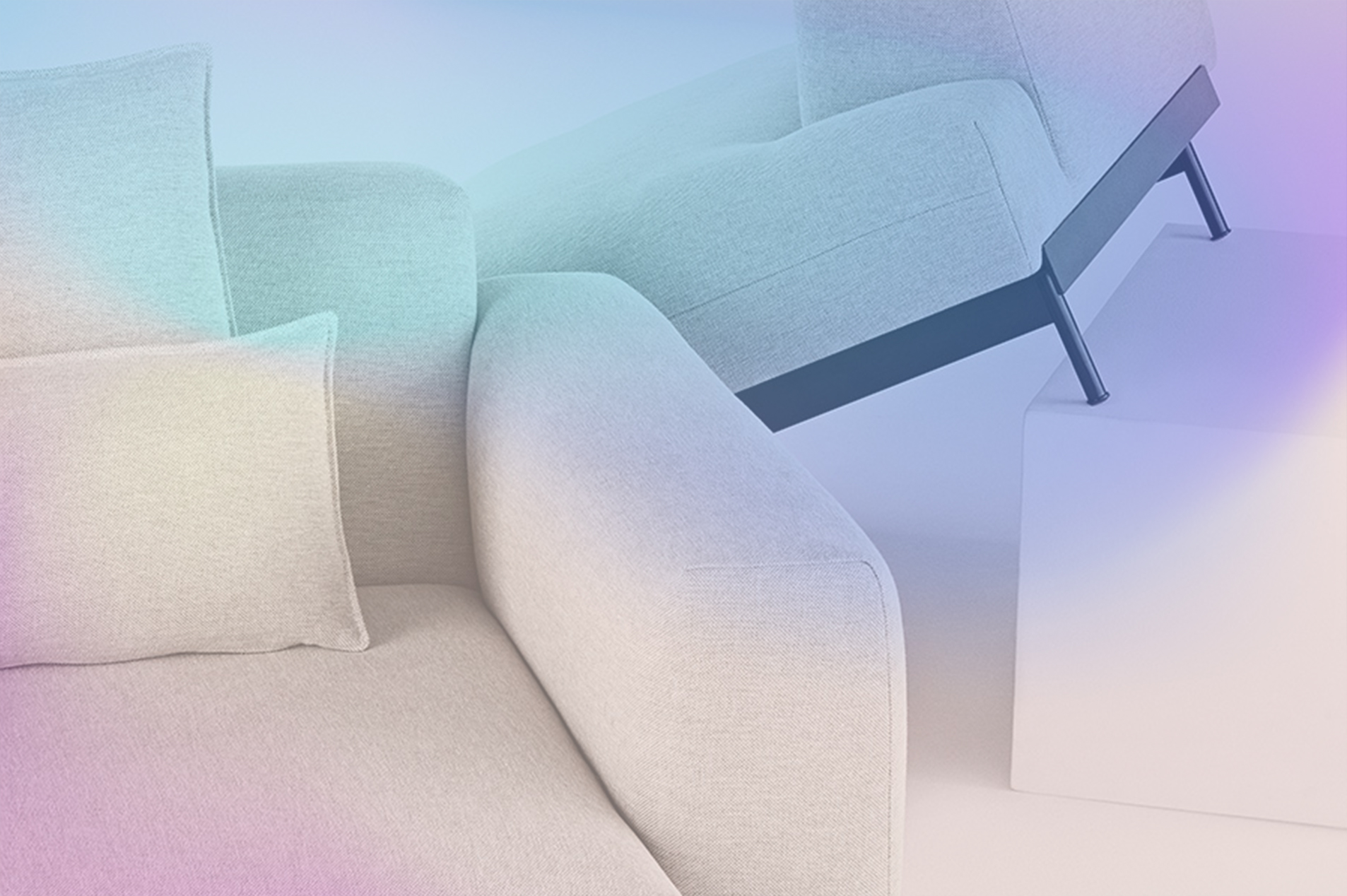From interactive style quizzes to loyalty programs that reward repeat purchases, gamification offers a unique opportunity for furniture marketers to transform routine shopping interactions into fun, personalized experiences. The result: more engaged customers, stronger relationships, and deeper insights into buyer preferences.
Why Gamification Works for Furniture Brands
Gamification is effective because it taps into core human motivators: competition, achievement, and reward. In a market where purchases are often high-consideration and emotionally charged, these mechanics add playfulness and value to the decision-making process.
For furniture, gamification is particularly well-suited because:
- Shopping is aspirational. Customers often dream about how their space could look; gamified tools help visualize possibilities.
- Purchases are infrequent. Unlike fast fashion or grocery shopping, furniture purchases happen only a few times a year. Gamification helps brands stay top-of-mind between purchases.
- Choices can feel overwhelming. By turning discovery into a game, brands reduce friction in navigating large product catalogs.
Style Quizzes: Turning Personal Preferences into Data
One of the most effective entry points for gamification in furniture marketing is the style quiz.
For consumers, quizzes are lighthearted and fun. A shopper answers a few questions about their favorite colors, room layouts, or lifestyle habits, and the brand responds with tailored product recommendations. For retailers, the real value lies in the data collected: insights into customer taste, budget, and design preferences that can be used to personalize marketing campaigns.
- Example: A quiz that asks “Which sofa matches your personality?” can help surface mid-century modern enthusiasts versus those who lean toward traditional aesthetics.
- Business payoff: The collected responses can segment audiences for targeted email flows, retargeting ads, or personalized on-site experiences.
Quizzes also act as powerful lead-generation tools. By gating results behind an email sign-up or offering an incentive (e.g., “Get 10% off your first order when you complete your style profile”), brands can grow their CRM databases while offering tangible value.
Reward Programs That Inspire Loyalty
Furniture is not typically associated with loyalty programs in the same way as coffee shops or airlines. But gamification is changing that. Reward systems tied to purchases, referrals, or engagement can extend customer relationships well beyond a single sale.
For instance, a customer who buys a sofa might earn points not just for the purchase itself, but also for:
- Reviewing the product online.
Sharing a photo of their new space on social media. - Referring a friend who completes a purchase.
Those points can be redeemed for discounts, exclusive early access to new collections, or complimentary services like interior design consultations. The key is structuring rewards around behaviors that both benefit the brand and delight the customer.
Limited-Time Challenges and Seasonal Engagement
Gamification can also be leveraged to inject urgency into seasonal campaigns without feeling pushy. Instead of simply saying “Sale ends soon,” brands can create interactive challenges:
- “Collect badges by browsing three new arrivals this week and unlock a discount.”
- “Spin the digital wheel for a chance to win free shipping on your next order.”
- “Vote on your favorite upcoming design, and get entered to win it.”
These micro-interactions encourage customers to return repeatedly, increasing site traffic and brand exposure while cultivating a sense of exclusivity.
Data as the Hidden Reward
Beyond fun and loyalty, gamification is a strategic vehicle for data acquisition. Every quiz answer, badge earned, or challenge completed reveals something about the customer’s behavior, style, or intent.
- A quiz may uncover that a segment of users prefers modular sofas.
- A seasonal contest may show higher interest in home office furniture during Q1.
A referral program might highlight the most influential brand advocates.
By consolidating this data, brands can sharpen product development, refine ad targeting, and optimize the customer journey. Unlike third-party data, these insights are willingly shared by customers—making them more accurate, actionable, and compliant in a cookieless future.
Best Practices for Gamification in Furniture Marketing
To implement gamification successfully, furniture brands should keep a few principles in mind:
- Align with brand identity. Gamification should feel natural, not gimmicky. A luxury brand might focus on exclusive rewards, while a playful brand can embrace more casual challenges.
- Keep it simple. Overly complex games risk confusing customers. Engagement should feel intuitive and rewarding from the first interaction.
- Offer real value. Discounts, early access, or design advice make rewards meaningful. Empty badges without benefits will not sustain interest.
- Integrate across channels. Gamified experiences should extend from the website to social media, email, and in-store activations.
- Measure impact. Track not just engagement metrics but also downstream effects like lead capture, repeat purchase rate, and AOV.
The Future of Gamification in Furniture
As digital marketing continues to evolve, gamification will become a cornerstone for brands looking to balance personalization with engagement. Quizzes, challenges, loyalty systems, and AR experiences are no longer novelties—they are essential tools for building emotional connections and capturing actionable data.
For furniture brands, gamification represents a rare opportunity: to transform an often slow, high-consideration buying process into something fun, interactive, and rewarding. Those who embrace it early will not only capture attention but also cultivate loyalty in a market where customer trust and differentiation matter more than ever.





